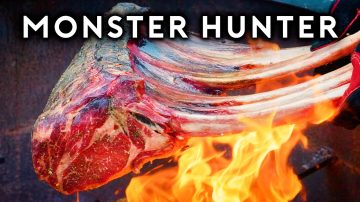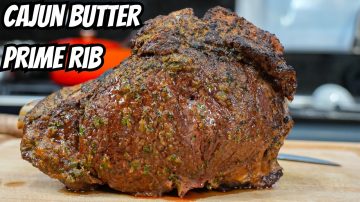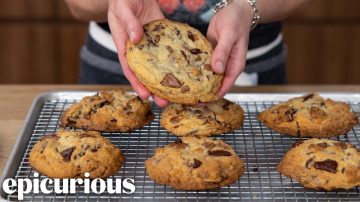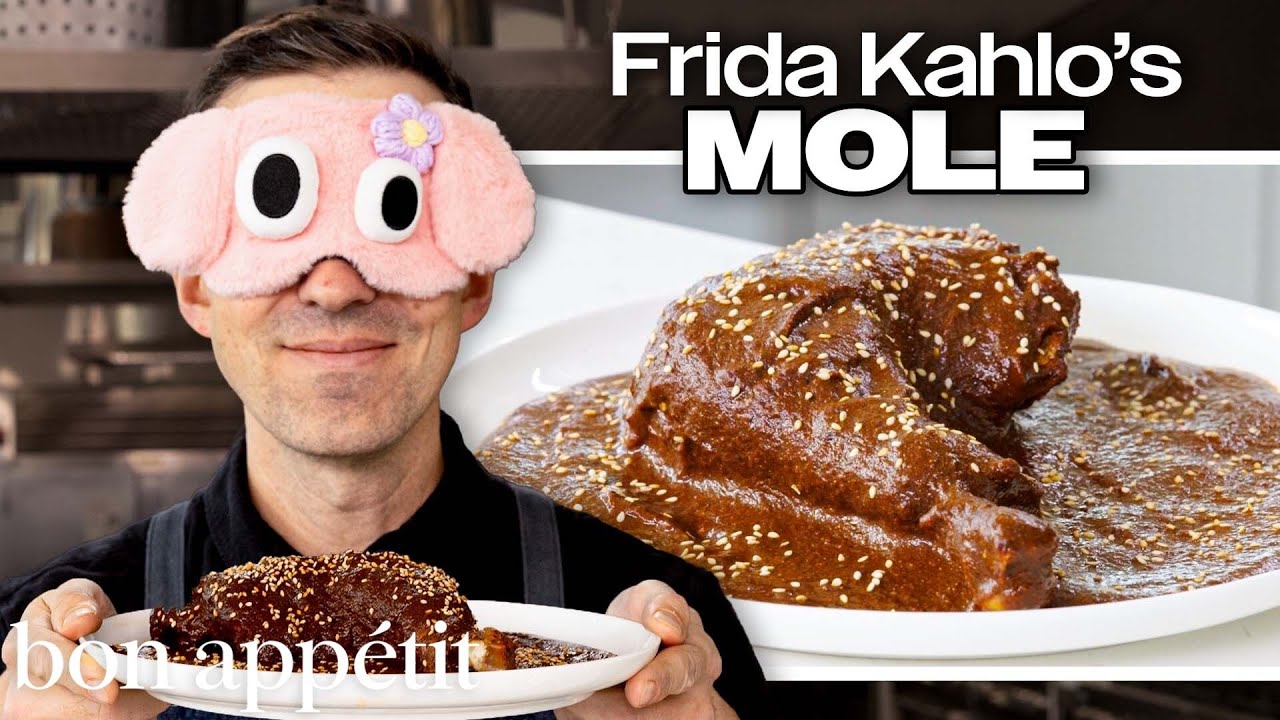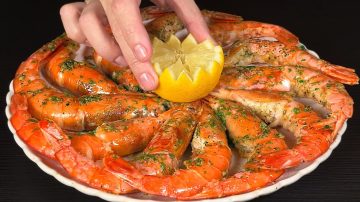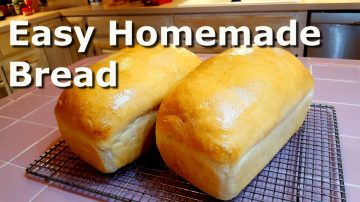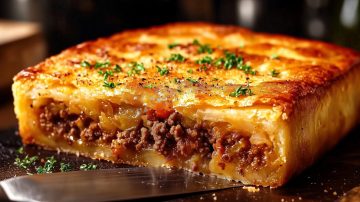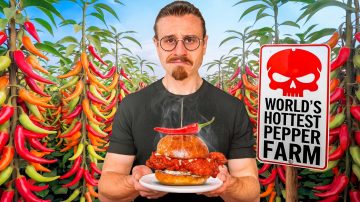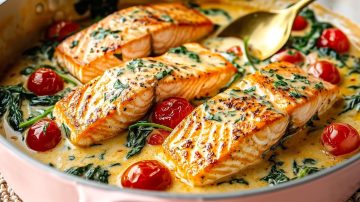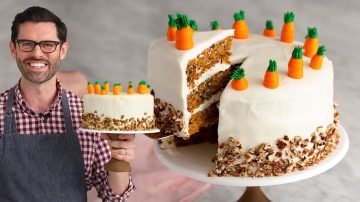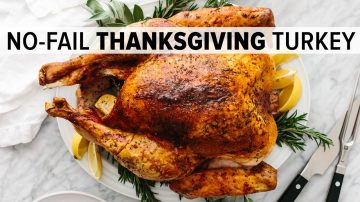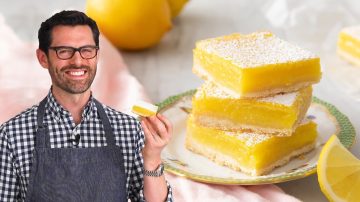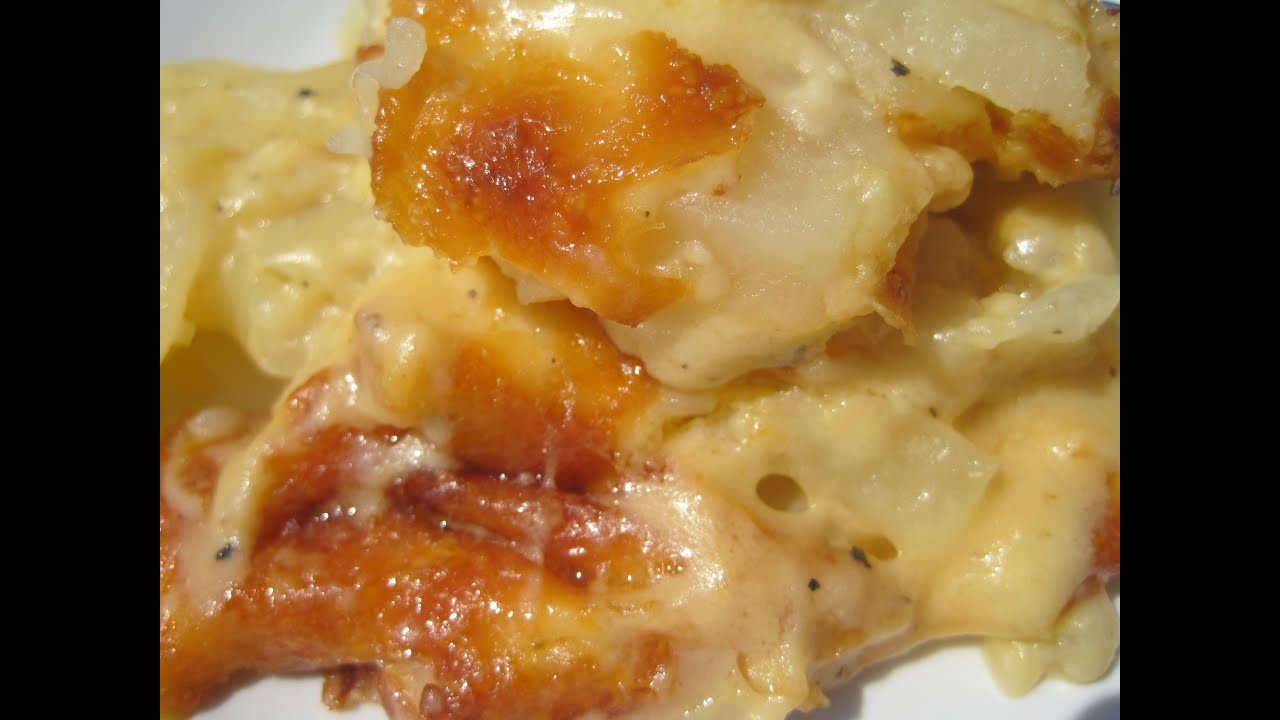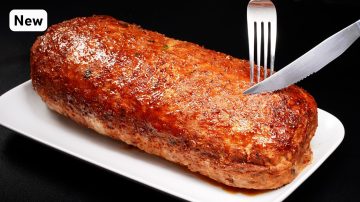The Best Prime Rib You’ll Ever Make
Recipe Overview
Overview
Roasting a prime rib is an art that combines technique and patience, and this recipe by Frank Proto showcases just that. The process begins with a dry brine, where salt is generously applied to the meat and left to rest in the fridge. This not only seasons the exterior but also helps to tighten the meat, ensuring a juicy end product. The choice to keep the fat cap on adds flavor during roasting, as it melts into the meat, enhancing its richness.
The reverse sear method is a game changer. By starting the roast at a low temperature, the meat cooks evenly, avoiding the dreaded gray ring that can occur with traditional high-heat roasting. After several hours, a quick blast at a high temperature crisps up the exterior, creating a beautiful crust. This technique ensures that the inside remains perfectly pink and tender.
Once the roast is out of the oven, resting is crucial. This step allows the juices to redistribute, preventing a flood of liquid when slicing. The resulting prime rib is not only visually stunning but also packed with flavor. The accompanying jus, made from the drippings and vegetables, adds a savory depth that complements the meat beautifully. This dish is perfect for impressing guests at holiday gatherings or family celebrations, making it a true centerpiece for any special occasion.
Recipe Details
Steps & Tips
Salt the prime rib and place it on a rack in the fridge uncovered overnight.
Tip: Don't be afraid to ask your butcher to dress the prime rib the way you want it.
Tip: Having a nice salty exterior will season the meat well since the inside won't be seasoned.
Chop celery, carrots, onions, garlic, parsley, bay leaf, and thyme, and add to the base of the roasting pan.
Preheat the oven to 250°F.
Tip: Cut vegetables large to prevent burning during a long roast.
Remove the prime rib from the fridge and let it sit at room temperature for 30 to 60 minutes.
Place the prime rib on top of the vegetables, season with oil, salt, pepper, and chopped garlic.
Put the roast in the oven at 250°F for 3 to 3.5 hours.
Crank the oven up to 500°F for 10 to 15 minutes to crisp the outside.
Tip: The reverse sear method helps achieve a nice rosy pink piece of steak without a gray ring.
Remove the roast from the oven and let it rest for 25 to 30 minutes.
Tip: Let the roast rest to allow juices to redistribute, preventing a mess when cutting.
Tip: Tent the roast with foil to keep some heat in while it rests.
Add beef broth or stock to the roasting pan with drippings and bring to a boil.
Strain the jus into a pot.
Season the jus with salt and pepper.
Tip: Strain the jus directly into a pot to avoid transferring it later for reheating.
Tip: Season the jus well with salt and pepper for enhanced flavor.
Slice the rested prime rib down the center, avoiding bones.
Tip: The crispy fat on the roast can be delicious and should not be trimmed off.
Plate the prime rib with jus and optional horseradish sauce.
Ingredients
Nutrition
Skill Level
Frequently asked questions
Below you will find answers to the most common questions about this recipe.
Got a Recipe Question? Ask Away!
Interesting Tidbits
- •Dry brining helps to enhance flavor and moisture retention in the meat.
- •The reverse sear method prevents the gray ring often found in traditionally cooked roasts.
- •Resting the meat after cooking allows juices to redistribute, resulting in a juicier roast.
- •Using a roasting pan with high sides helps collect juices for making gravy.

